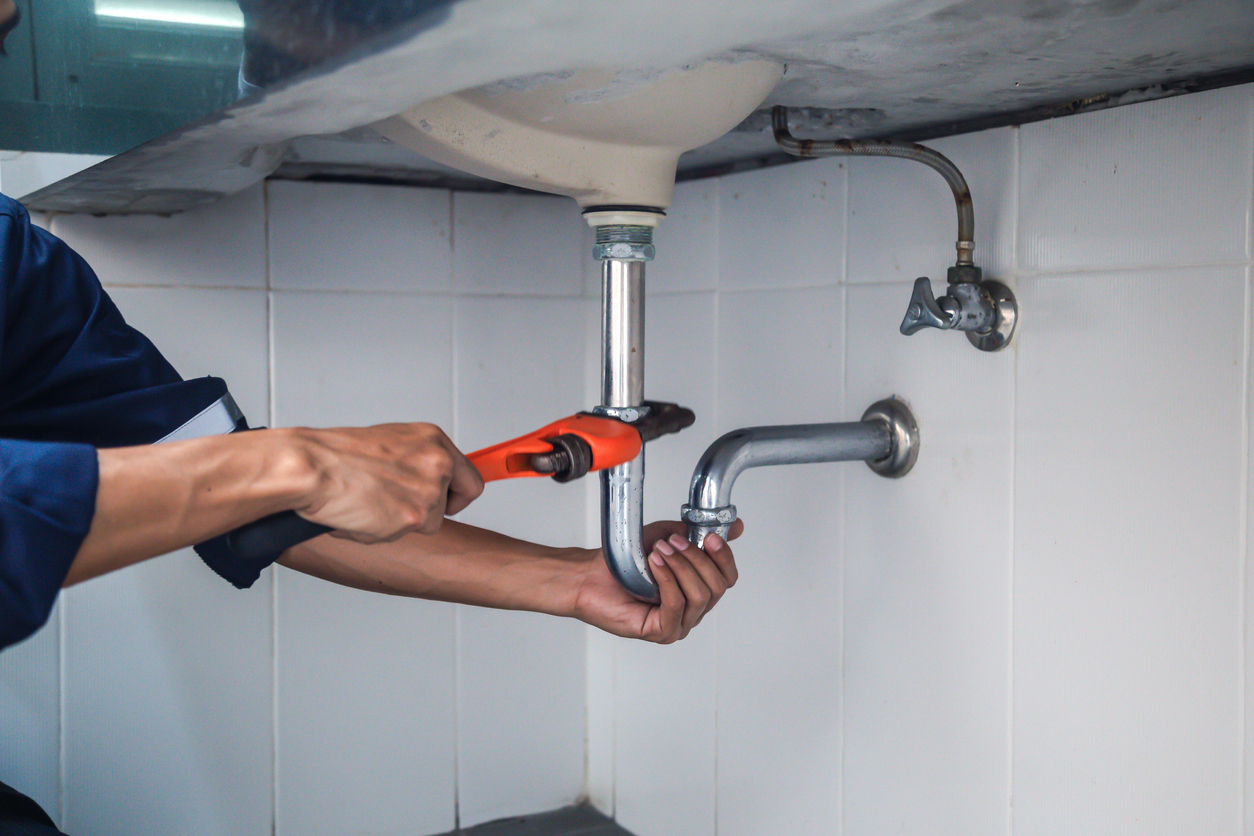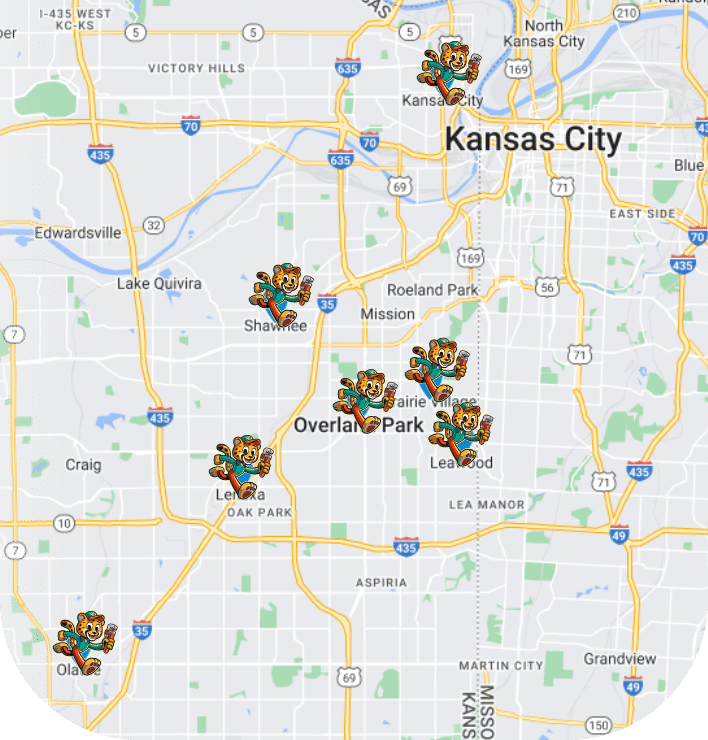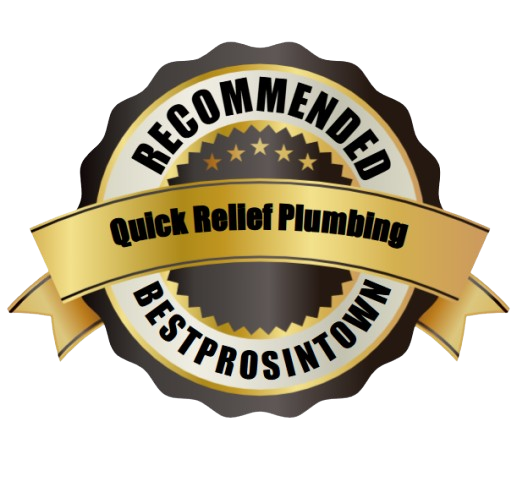A backflow preventer is critical to safeguarding your home against reverse water flow and potential contamination. Regular maintenance is essential to maintain its effectiveness. In this guide, plumbing experts share valuable tips and insights to help you maintain the backflow preventer in the right condition.
1. Understand the Importance of Backflow Prevention:
Before delving into maintenance tips, it’s crucial to understand why backflow prevention matters. Backflow occurs when water flows in the opposite direction, potentially contaminating your clean water supply. A properly maintained backflow preventer ensures your drinking water remains safe and uncontaminated.
2. Regular Inspections for Signs of Wear:
Perform routine visual inspections to check for any signs of wear or damage on your backflow preventer. Look for corrosion, rust, or visible leaks. These issues can compromise the device’s effectiveness and should be addressed promptly to prevent backflow incidents.
3. Test the Backflow Preventer Annually:
Annual testing by a certified professional is a critical step in backflow preventer maintenance. This ensures that the device is functioning as intended and meets local regulations. Testing typically involves checking pressure levels, verifying proper valve operation, and confirming that the preventer seals tightly.
4. Keep the Surrounding Area Clear:
Maintain a clear space around the backflow preventer. Avoid storing items or allowing vegetation to encroach upon the device. Keeping the area clear facilitates easy inspection, testing, and maintenance access. It also helps prevent physical damage to the preventer.
5. Protect from Freezing Conditions:
In colder climates, protecting your backflow preventer from freezing is crucial. Frozen water inside the device can lead to damage and compromise its effectiveness. Insulate the preventer or use specialized covers to shield it from harsh winter conditions.
6. Clean and Flush Regularly:
Backflow preventers can accumulate debris over time, affecting their performance. Regularly clean and flush the device to remove any build-up of dirt, sediment, or mineral deposits. This simple maintenance task contributes to the longevity and reliability of your backflow preventer.
7. Address Repairs Promptly:
If you notice issues during inspections or testing, address them promptly. Neglecting repairs can result in more extensive damage and compromise the effectiveness of the backflow preventer. A proactive approach to repairs ensures the continued protection of your water supply.
8. Stay Informed on Local Regulations:
Stay informed about local regulations regarding backflow preventer maintenance and testing. Compliance with these regulations is essential not only for the safety of your water supply but also to avoid potential fines. Expert plumbers recommend staying updated on any changes to ensure continued adherence.
Backflow preventer maintenance is a vital aspect of ensuring the safety and efficiency of your plumbing system. By understanding its importance, conducting regular inspections, testing annually, keeping the surrounding area clear, protecting from freezing conditions, cleaning regularly, addressing repairs promptly, and staying informed on local regulations, you can safeguard your water supply and prevent prospective contamination.
Protect your water supply with professional backflow preventer maintenance. Contact our experts at Quick Relief Plumbing at (913) 207-0779 today for thorough inspections, testing, and maintenance services. Ensure the ongoing safety and efficiency of your plumbing system.









